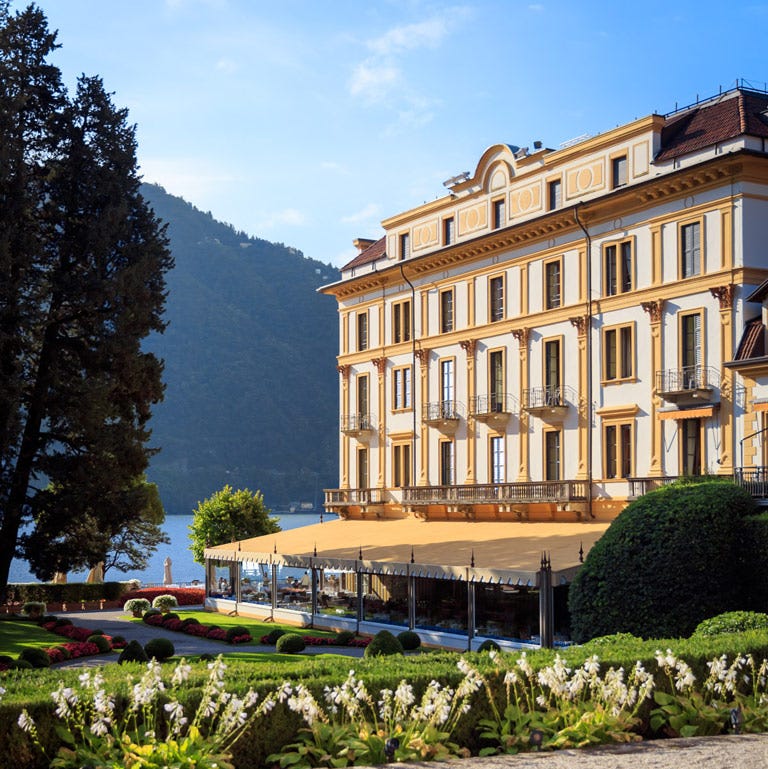After the death of Pope Francis on Easter Monday, April 21st, 2025, his body was moved to St. Peter’s Basilica. Today was the last opportunity for mourners to pay their respects, as the coffin closed at 8pm. The funeral on Saturday, will be held at 4am ET. In a break with tradition, Pope Francis will not be buried in the Basilica, but in the fifth-century church dedicated to the Virgin Mary, Santa Maria Maggiore. The Associated Press reported that the choice reflected Pope Francis’s “veneration of an icon of the Virgin Mary that is located there, the Salus Populi Romani (Salvation of the people of Rome).”
It will be the first time a pope has not been buried in St. Peter’s Basilica since 1903, when Pope Leo XIII was buried in the Basilica of San Giovanni in Lateran.
The choice of burial location depends on a few factors, writes the Catholic News agency, and “the chosen location may be a basilica the deceased pope is particularly fond of or one that is a symbolically important place.” And while St. Peter’s is the most common place of rest, it’s not a given—nor has it ever been. “The tradition of burying popes in St. Peter’s does not date back to the beginning of Christianity,” Father Roberto Regoli, director of the Department of Church History at the Pontifical Gregorian University told the Catholic News Agency. But choosing St. Peter’s Basilica as a final resting place has a strong tradition, going back to the 4th Century. To date, more than an estimated 140 of the 265 deceased popes have been buried in St. Peter’s Basilica, according to the National Cathedral Register.
St. Peters is a church within Vatican City, the microstate in Rome. The word «basilica» can refer to a Roman Catholic church in which ceremonies take place, but, according to Merriam-Webster it can also be used to describe a church “consisting of nave and aisles with clerestory and a large high transept from which an apse projects;” the apse is a domed or arched recessed area. Basilica then is said to have evolved from its original usage in Ancient Greek and subsequent Roman usage to describe a large, multi-use function hall, according to The Oxford Dictionary of the Classical World.
It was on the 18th of April, in 1506, that Pope Julius II launched construction on St. Peter’s Basilica when he “laid the first stone” at the site of what would become the church that stands today, “outside the old Constantinian and medieval church, to the left of the apse,” according to the church’s official website. It would take over a century to complete. While described as an «unprecedented artistic and spiritual adventure,» the 20 pontificates who saw stages of construction “never wished to diverge from the preceding tradition, which placed the tomb of Saint Peter at the centre of the Basilica.”
The completed work, a masterpiece of Renaissance style with many baroque elements, is powerfully ornate. At over 23,000 square feet, St. Peter’s Basilica is home to Michelangelo’s Pietà and Bernini’s Baldachin, to name only a few of its marvels.
Beneath the Basilica are the Vatican Grottoes, the chambers and the tombs of the popes as well as other notable ecclesiastical people. Constructed in 1590 and 1591, the vaults are suspected to be even older, possibly dating to the time of Pope Leo X in 1520. Initially built to support the basilica, the Grottoes became a memorial space in the 17th century, when the church underwent demolition and reconstruction; a place “where statues, mosaics, paintings and inscriptions were displayed as relics of the venerated and lost church.”
To watch Pope Francis’ funeral, tune into ABC News Live coverage, which will begin on Saturday at 3:30 a.m. ET and will also be streamed on Disney+ and Hulu.



